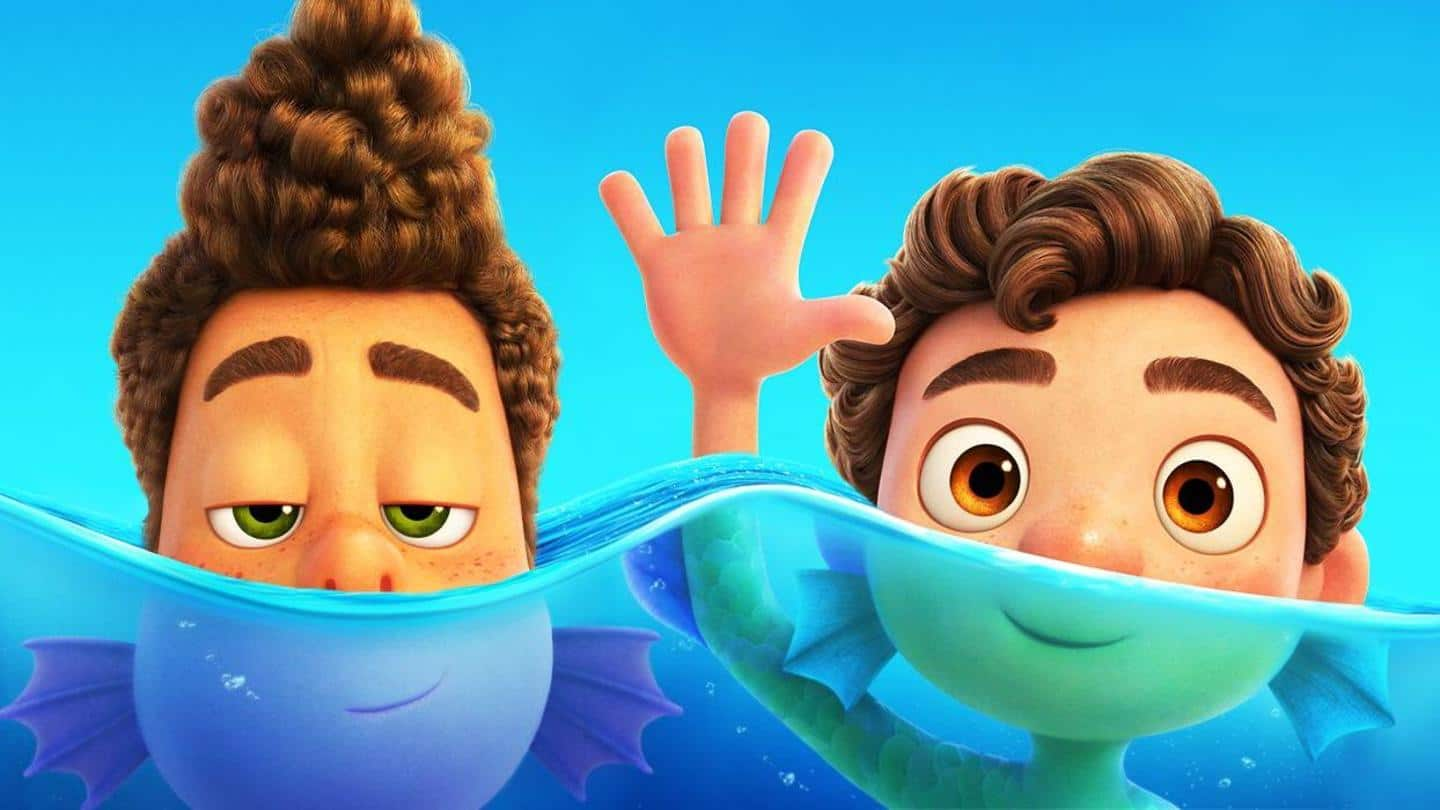
Here's how Pixar's animated spectacle, 'Luca,' got made during lockdown
What's the story
Disney-Pixar's latest feature Luca is receiving love and appreciation for its storytelling and nuanced symbolism of what it means to be free.
Another factor that went in favor of the animated film is its signature visuals.
First Pixar movie to be made from homes of the animators during the lockdown, Luca's color palette, editorial choices, and character design speak a lot about its success.
Story
Protagonist is a sea-monster curious about life on the surface
The drama focuses on a 13-year-old sea monster, Luca Paguro (voiced by Jacob Tremblay), who lives underwater.
Much like Finding Nemo and Little Mermaid, Luca is curious about life on the surface, and restrictions by elders only fuel this curiosity.
He then ends up on land, accompanied by a secretive/confident sea monster Alberto (Jack Dylan Grazer).
This amphibian structure was challenging for creators.
Innovative
Makers opted for 2D-like animation techniques to give 'hand-drawn feel'
Writer/director Enrico Casarosa went back to traditional 2D animation for his figures.
As per animation supervisor Michael Venturini, this was because the makers wanted "caricatured, imperfect" images that give a hand-drawn feel.
One example for this is when mouths of characters don't move with the rest of their faces.
Instead of physically realistic splashes, animators went for cartoon splash for depicting the Italian Riviera.
Quote
Casarosa didn't want water to look too realistic: VFX supervisor
"There's just hundreds of ocean shots or kids playing in water, and of water above land. And water is always a hard thing for effects team. Our instinct is to make water look more realistic. Casarosa wanted to go opposite," said VFX supervisor Jon Reisch.
Hardwork
'Most challenging': Transforming a sea monster into human
While creating water was tricky on the effects team's part, something else took the "most challenging" tag.
Luca makers had to, in fact, create technology from scratch because the storyline demanded the sea monsters turn into humans as soon as they leave the water.
"The whole success of the movie was dependent on whether we can transform a sea monster into human," Venturini mentioned.
Lyricism
Casarosa was inspired by Studio Ghibli's woodblock prints
Ultimately, the painterly look was achieved by high color saturation, managed by the lighting department.
They also limited the color palette of the water, because an artist does not have innumerable colors like a computer.
Casarosa was inspired by Japanese woodblock prints, as seen in Studio Ghibli movies, and makers tried to bring in "that lyricism" here.
Catch the visual spectacle on Disney++.